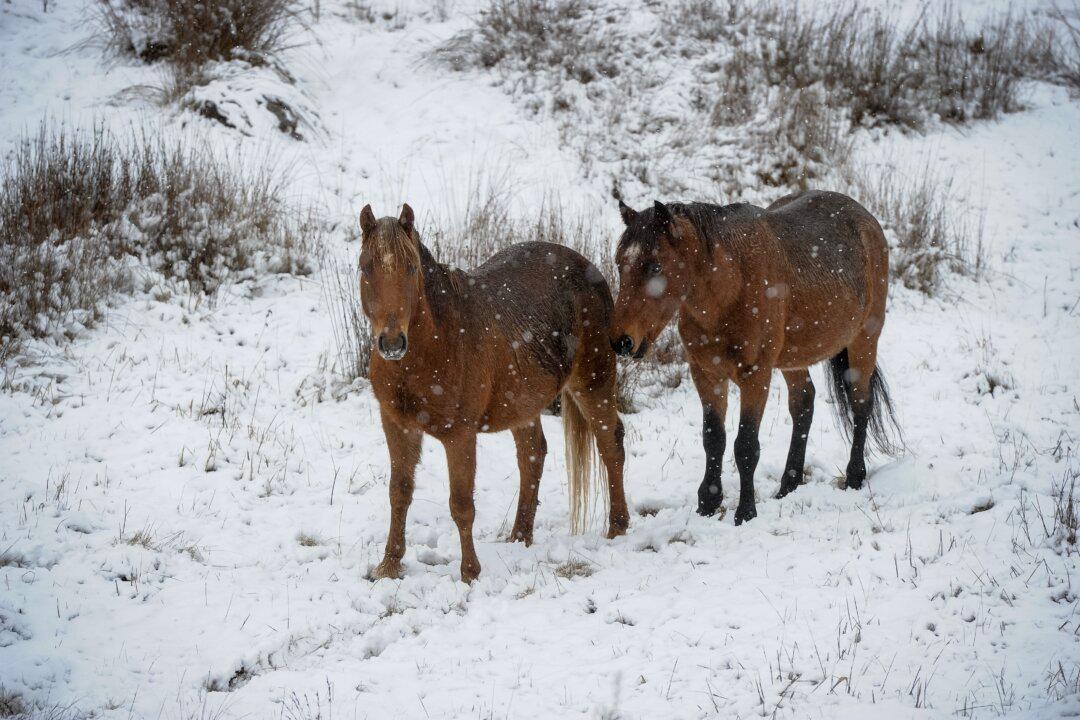The New South Wales (NSW) government is planning to open up the option of aerial shooting to control wild horse populations in Kosciuszko National Park.
NSW Environment Minister Penny Sharpe said the park’s ecosystems were under threat.

The New South Wales (NSW) government is planning to open up the option of aerial shooting to control wild horse populations in Kosciuszko National Park.
NSW Environment Minister Penny Sharpe said the park’s ecosystems were under threat.